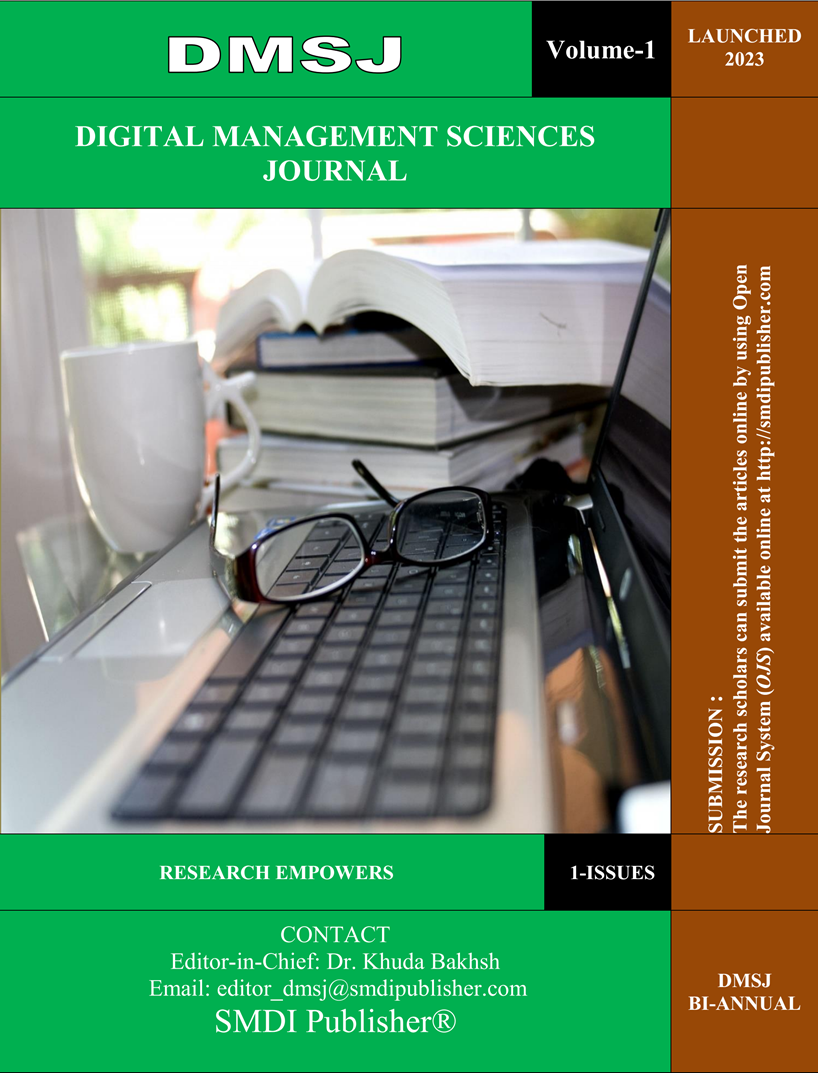Organizational Climate and Turnover Intentions moderated by Leadership Style
DOI:
https://doi.org/10.62854/dmsj.v1i1.5Keywords:
Leadership style, Turnover intentions, Employee PerformanceAbstract
There have been broad explorations of organizational climate, turnover intentions, and
leadership styles in significant organizational contexts, but these have been mainly conducted in
European countries or developed countries. Despite the well-off and rising literature on the subject,
there needs to be more discernment of how leadership style affects organizational climate and turnover
intentions in underdeveloped countries. Against this scenario, this study demonstrates the relationship
of organizational climate with turnover intentions and the moderating role of transformational
leadership style. Besides, the study tested the influence of transformational leadership style on
organizational climate and turnover intentions. The study is conducted on faculty members of Southern
Punjab University. Three hundred fifty questionnaires were distributed among faculty members, and the
return questionnaire rate was 94%. The present study used a quantitative research design. The data was
collected through a structured questionnaire and used a simple random sampling technique. For the said
purpose, correlation and regression analysis are used to conclude.
Moreover, a significance test (t-test and ANOVA) was used to check the impact of demographics on
independent and dependent variables. AMOS graphics and SPSS are used as analysis tools. The
regression showed a significant relationship between the dependent variable (turnover intentions) and
the independent variable (organizational climate). Still, transformational leadership does not mediate
the relationship between organizational climate and turnover intentions. Chronchbach alpha value
shows the reliability of data, and it shows the data that is used in this research is reliable; the
significance value of the F-test shows the validity of the model, and in this research, the significant
matter is .017, which indicates that the model is valid.






